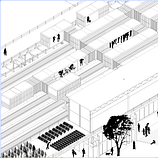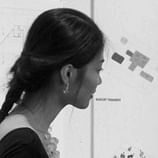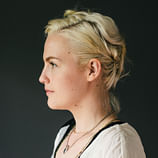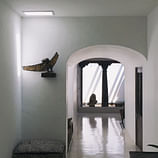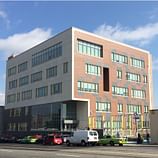
Princeton, NJ
The School of Architecture, Princeton University’s center for teaching and research in architectural design, history, and theory, offers an undergraduate major and advanced degrees at both the master’s and doctoral levels. In the undergraduate major, architecture is taught in the context of a liberal arts education, emphasizing the complex interrelationship between architecture, society, and technology. The curriculum for the master’s degree emphasizes design expertise in the context of urbanism, landscape and new technologies. Architecture is understood as a cultural practice involving both speculative intelligence and practical know-how. Each student constructs a personal course of study around a core of required courses that represent the knowledge essential to the education of an architect today.
The school has two five-year doctoral programs: The History and Theory track focuses on the history, theory and criticism of architecture, urbanism, landscape, and building technology. The Computation and Energy track develops research in the field of embodied computation and new systems for energy and environmental performance. The approach is interdisciplinary, covering a broad range of research interests from an architectural perspective. Working closely with the faculty of the School and allied departments in the University, students build individual programs of study involving at least two years of coursework, General Examinations, and a dissertation.
Students at the School of Architecture benefit from its small size and its thorough integration with the University community. In recent years, the School has enrolled approximately 80 graduate students and roughly the same number of undergraduate students. Graduate and undergraduate programs in the School share faculty, course offerings, and facilities, which fosters close relationships among all students in the School.
Graduate design studios range in size from eight to 12 students per instructor; seminars are limited to 12 students. The small class size encourages discussion and interaction. Lecture courses are structured according to Princeton's preceptorial system, in which small discussion groups supplement and expand upon larger group lectures.
Many course offerings are cross-listed with other University departments; students pursue their architectural education through a wide range of related disciplines, including art and archaeology, civil and environmental engineering, history, English, sociology, American studies, and European cultural studies.
With several members of the standing full-time faculty simultaneously maintaining careers as practicing architects, students are provided with first hand knowledge of the rapidly-evolving industry. The School of Architecture is also fortunate to have the resources to bring visitors from around the world to teach design. These visiting architects introduce students to aspects of the international practice and a diverse set of design methodologies.
Most of the School's facilities are in the Architecture Building, located on McCosh Walk near the center of campus, which is home to undergraduate and graduate design studios, seminar rooms, Betts Auditorium, an exhibition gallery, faculty and administrative offices, the Visual Resources Collection, the Computer-Aided Design and Imaging Facility, and the Architecture Laboratory.







